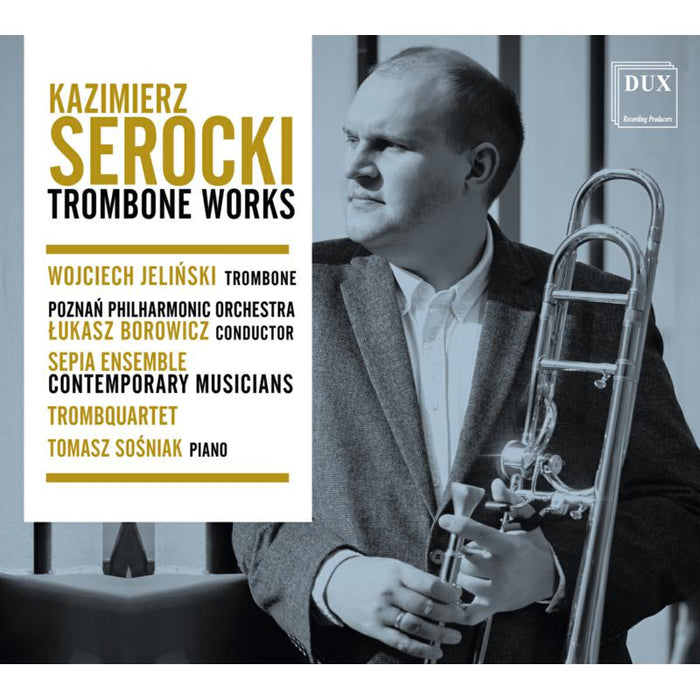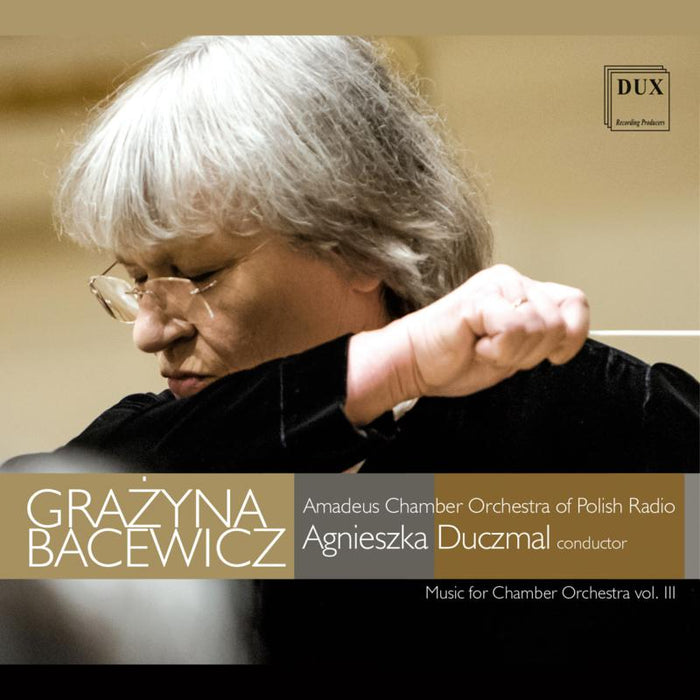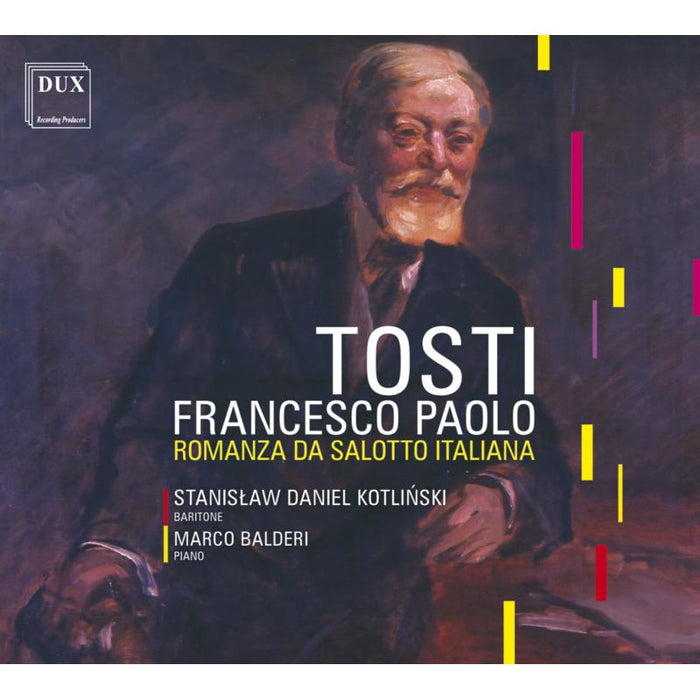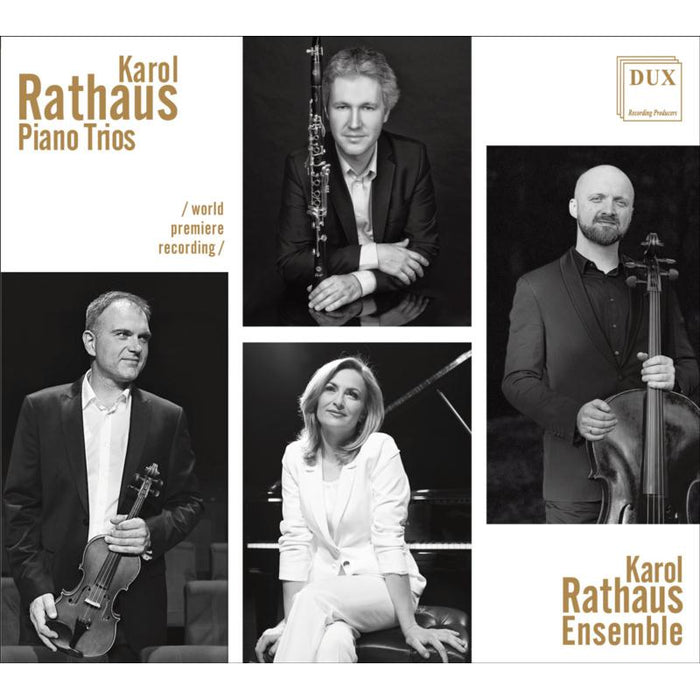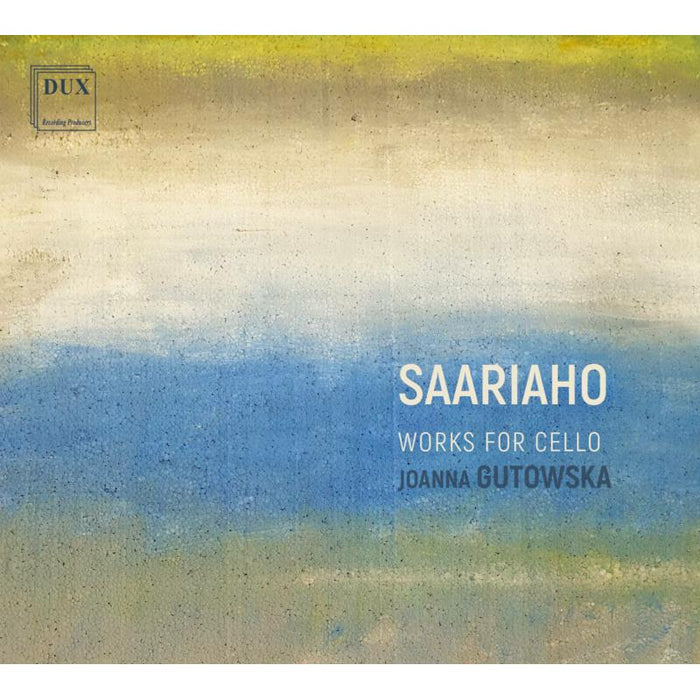Description
This new release from DUX presents two 19th-century symphonies of two Polish composers belonging to two different generations, so far almost unknown.
The Symphony in C Minor by Mirecki was his only symphonic work. It was preserved in a manuscript copy of the Main Library of the Adam Mickiewicz University in Poznan, was released by the Polish Music Publishing House in 1972, but with a commentary suggesting that it had little value.
In the 19th century, there were few composers who were successful both in symphony and stage genres. Mirecki's Symphony shows some features of the operatic style, but it is not a flaw. It is a large-scale work, with great proportions, based on the technique of developing the material, densely, but with knowledge of instrumentation, strongly emotional, full of passion, yet not sentimental, but factual.
Mirecki's Symphony opens the era of 'classicizing romanticism' in Polish music and fits into the aesthetics of the European symphony of the second half of the 19th century, which combined the expressive and technical discoveries of romanticism with the Beethovenesque discipline and the tendency to monumentality. Its relationships with later works of outstanding symphonists prove that the piece belongs to the main lineage of the symphony in the 19th century.
Jozef Wieniawski belonged to the generation of Johannes Brahms, Camille Saint-Saens, Max Bruch, Mily Balakirev, Pyotr Tchaikovsky, and Antonín Dvorak. His Symphony in D Major, Op. 49, published in 1890 in Brussels, is one of his last works. As for now, we do not have any information about its performances.
The style of Wieniawski's Symphony corresponds to the period and the place in which it was created. It is close to the Paris of the end of the 19th century, but it is the Paris of Cesar Franck and Ernest Chausson, not of Claude Debussy. It is a poetic work, capable of evoking images, next to which Mirecki's Symphony in C Minor, created forty years earlier, seems to be an almost abstract source of pure energy.
"Mirecki's operatic background informs his symphony's forthright phrasing. There's also plenty of skittering Mendelssohnian energy, making for a satisfying Romantic symphony." – BBC Music Magazine
"Two little-known composers, one very fine work" – MusicWeb International



